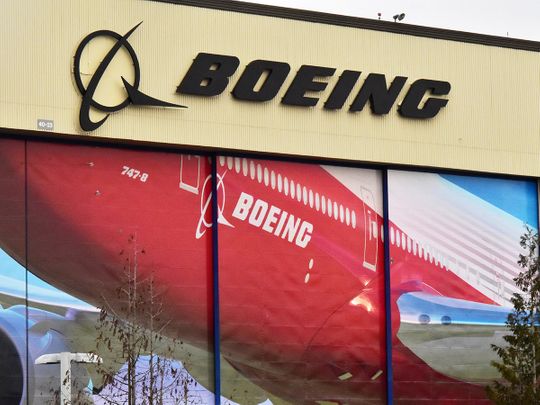
Dubai: Boeing said over 2.1 million aviation personnel would be required over the next 20 years.
“Demand for domestic air travel is leading the recovery, with intra-regional markets expected to follow as health and travel restrictions ease, followed by long-haul travel’s return to pre-pandemic levels by 2023 to 2024,” said Boeing in its 2021 outlook report. As commercial aviation continues to make progress toward recovery, a steady increasing supply of personnel and effective training remain critical to retain the health, safety and prosperity of the aviation ecosystem, said Boeing.
Long-term demand for newly qualified aviation personnel remains strong, with projected demand for more than 2.1 million personnel needed to fly and maintain the global commercial fleet over the next 20 years, including 612,000 pilots, 626,000 maintenance technicians and 886,000 cabin crew members.
• Passenger traffic growth is projected to increase by an average of 4% a year, unchanged from last year’s forecast.
• The global commercial fleet will surpass 49,000 airplanes by 2040, with China, Europe, North America and the Asia-Pacific countries each accounting for about 20% of new airplane deliveries, and the remaining going to other emerging markets.
• Demand for more than 32,500 new single-aisle planes is about equal to the pre-pandemic outlook. These models continue to command 75 per cent of deliveries in the 20-year forecast.
• Carriers will need more than 7,500 new wide-body airplanes by 2040 to support fleet renewal and long-term passenger and air cargo demand growth in longer-haul markets. These projections are up slightly compared to 2020 but remain down 8% from 2019.
- Boeing's latest industry outlook
Demand for jets
The company has estimated a 10-year global demand for 19,000 commercial airplanes valued at $3.2 trillion. Boeing’s 20-year commercial forecast through 2040 projects demand for more than 43,500 new airplanes valued at $7.2 trillion, an increase of about 500 planes over last year’s forecast.
Projected demand has increased for dedicated freighters, including new and converted models. “With sustained demand for air cargo tied to expanding e-commerce and air freight’s speed and reliability, the CMO projects the global freighter fleet in 2040 will be 70 per cent larger than pre-pandemic fleet,” said Boeing.
Confidence is back
“As our industry recovers and continues to adapt to meet new global needs, we remain confident in long-term growth for aerospace,” said Boeing Chief Strategy Officer Marc Allen. “We are encouraged by the fact that scientists have delivered vaccines more rapidly than imaginable and that passengers are demonstrating strong confidence in airplane travel.”
Aerospace is resilient
Boeing expects the aerospace products and services market to be valued at $9 trillion market over the next decade. This is up from $8.5 trillion a year ago, and from $8.7 trillion in the pre-pandemic 2019 forecast, reflecting the market’s continued recovery progress.
“The aerospace industry has made important progress in the recovery, and Boeing’s 2021 forecast reflects our confidence in the resilience of the market,” said Stan Deal, President and CEO, Boeing Commercial Airplanes. “While we remain realistic about ongoing challenges, the past year has shown that passenger traffic rebounds swiftly when the flying public and governments have confidence in health and safety during air travel.”








